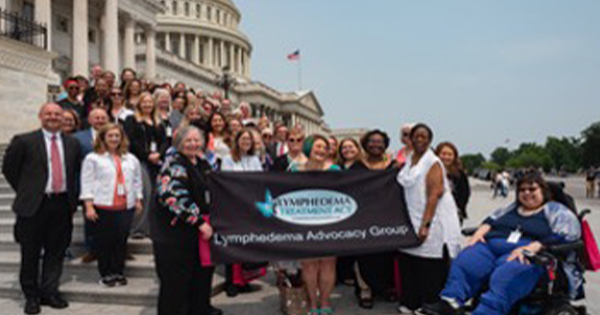Introduction: Patients undergoing axillary surgery for breast cancer treatment are at risk of developing upper limb lymphoedema. Early detection and initiation of treatment can reduce the incidence of clinically significant disease. Bioimpedance spectroscopy (BIS) can be used to identify increased extracellular fluid volume. Aim: The aim of this study was to determine the rates of lymphoedema by BIS using a prospective surveillance model and the effects of early treatment on patient outcomes. Methods: Patients undergoing axillary surgery for breast cancer had BIS measurements recorded pre-operatively and quarterly for one year. A reading of a difference greater than ten from baseline indicated an increase in extracellular fluid which instigated treatment with a compression sleeve, exercise and skin care advice as per departmental set protocol, regardless of clinical signs. Patients with continual abnormal BIS readings or development of clinical signs were referred to lymphoedema services. Results: A total of 354 patients were included in the final analysis and the mean follow-up was 50 months. Of these, 10.7% (n=38) of patients had an abnormal BIS reading indicating early lymphoedema, while a subset of 6.5%(n=23) of patients required referral to specialist lymphoedema services. Of the patients referred to specialist lymphoedema services, 75% (n=18) had been initially identified by BIS. Of the patients who underwent early treatment, 58.8% (n=20) did not require any further long-term management. Conclusions: Abnormal BIS is a significant predictor for development of subsequent lymphoedema. A direct correlation cannot be made in this observational study, given the lack of control group, however, taken in context with current literature, it is suggested that early intervention guided by BIS may preduce the incidence of clinically significant lymphoedema. This can be utilised in a prospective surveillance model, to direct early therapy. While this does not completely negate the incidence of lymphoedema requiring specialist treatment, it can potentially be reduced.




